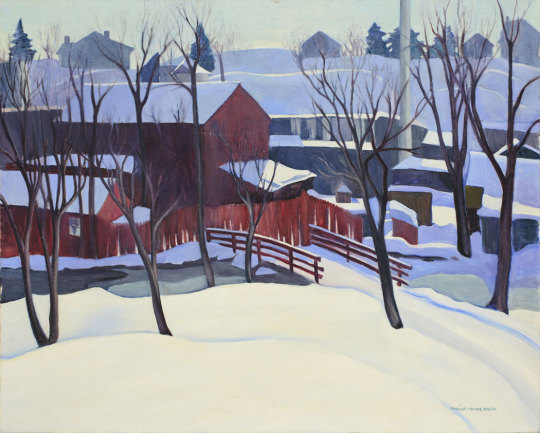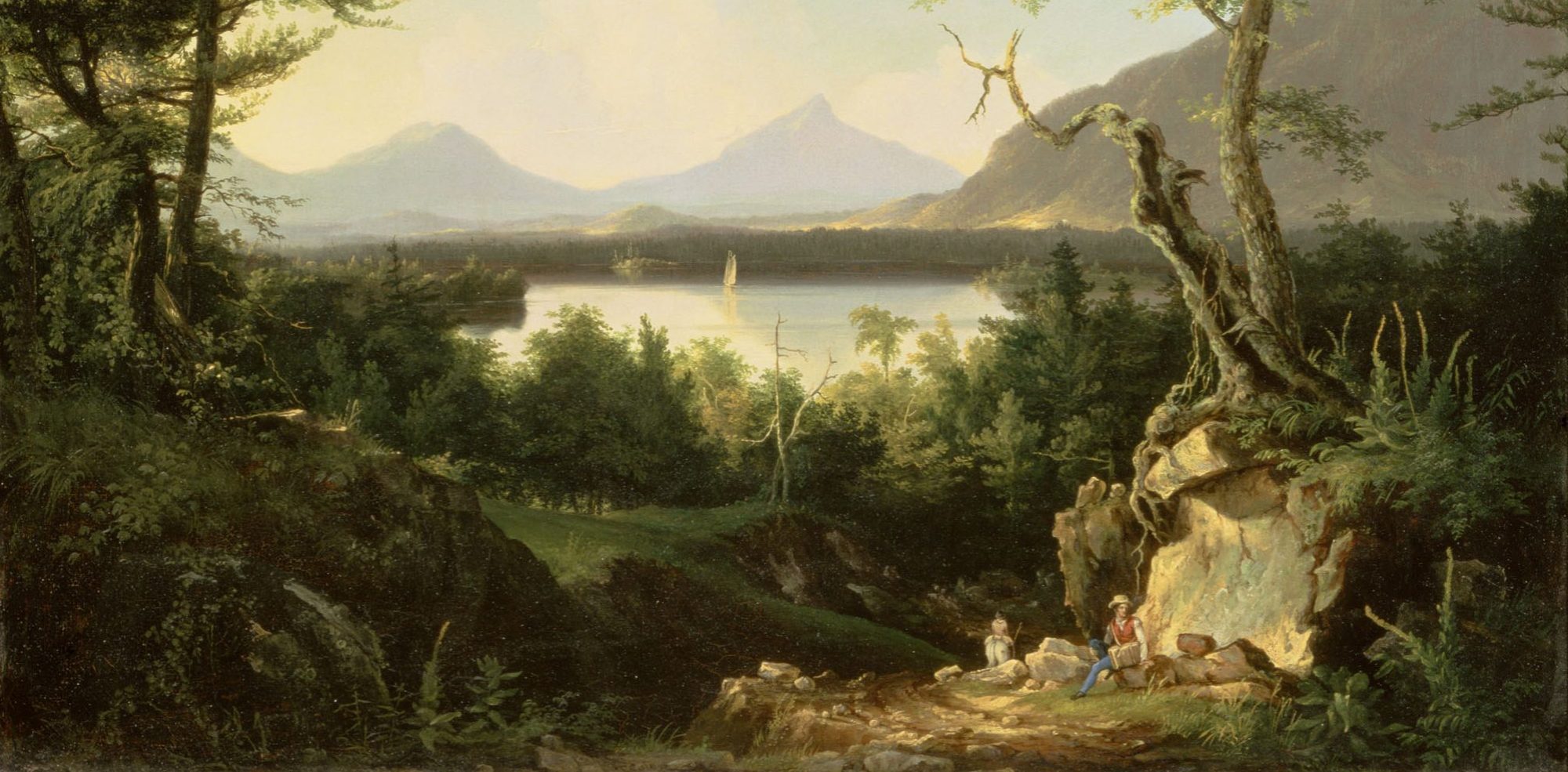It’s been claimed that the Inuit languages of North America have over 50 different words for snow. You may be surprised to learn that English comes pretty close: if we include all the regional variants and dialects, the list gets pretty long! But don’t worry, in this post we’ll only look at the most common words used to talk about snow and snowy weather.
Just like rain, snow / snowfall can also be light or heavy. What officially counts as heavy snow is a matter of definitions set by meteorologists. According to NOAA’s Weather Service, heavy snow is “when snowfall of 6 inches (15 cm) or more in 12 hours or 8 inches (20 cm) or more in 24 hours is imminent or occurring.” Sounds awfully specific; obviously, you can colloquially use ‘heavy snow’ simply to say there’s lots of it out there.
When it isn’t very cold, snow quickly melts. In the process, it typically becomes slush, which nobody likes very much, especially when this slushy snow turns into a dirty, muddy mess.
However, when the snow does stay on the ground, we say that it settled. If there’s a lot of it, we can describe it as a blanket of snow, which collocates with the adjective thick. For example: The roofs of the houses are covered in a thick blanket of snow.
If this covering is thin, we call it a dusting (resembling a cover of dust).
In my part of the world, when it gets snowy, it often coincides with relatively strong and cold northern winds. The snow falls in all directions and it gets difficult to see things well: this is called a flurry. Things may get worse: if you’re experiencing a mix of snowy and stormy weather, that’s a snowstorm; if it’s a very strong one, it’s a blizzard. The worst imaginable scenario is a whiteout (also spelled white-out), when visibility is practically zero. In some parts, this is also known as milky weather.
Snow can be of different quality:
- dry snow is described as powdery
- wet snow mixed with rain is sleet
- settled snow slowly melting is slush
- dirty-looking slush is regionally referred to as snirt (snow + dirt, AmE)
A word we haven’t mentioned yet is the word for one, single particle of snow, which is a snowflake. Note that you can also use this word to describe a person who is very sensitive, emotional and way too easily offended.
To learn more snow-related vocabulary, have a look at this article from the Farmers’ Almanac listing a total of forty terms. Additionally, you’ll find a nice selection of seasonal reading materials and visuals on the Grammaticus Winter board on Pinterest.

Finally, here’s a bit of homework for you. As a vocabulary practice, take a look at the painting above. Titled “Winter in New England”, it’s an art piece by the American painter Marion Monks Chase (1874-1957). How would you describe the scenery and the weather conditions using some of the words mentioned in this article? (For a more elaborate description, you can use my earlier post “How to describe a painting in English.”)
Feel free to post your answers and thoughts on the subject of snow in the comments section below!


Thanx for sharing! Yes it’s interessting how many words we still do have in the end to discribe thiing… here the snow….
I’d like to think that this thick snow cover in Marion Monk Chases’ picture still has a powdery surface while beneath it might already slowly become slushy. It was – for sure – painted after a heavy snowfall maybe during a magical night when the frost hardened the ground. The sun during the day seem to have taking a tiny toll on the winterwonderland already though. The perfect winter day that invites you to take a strole :).
Again thanx for sharing your thoughts.
LikeLiked by 1 person